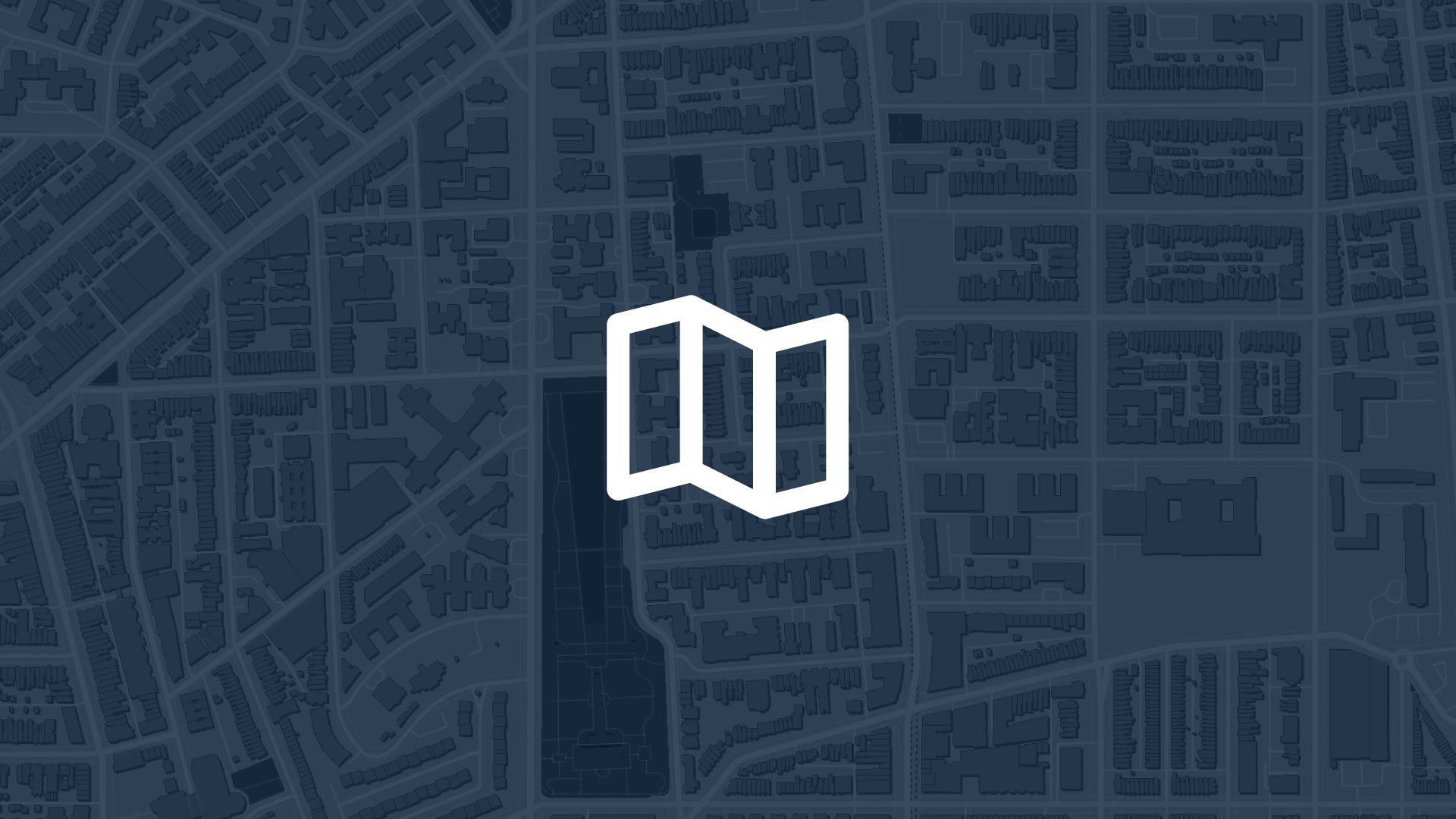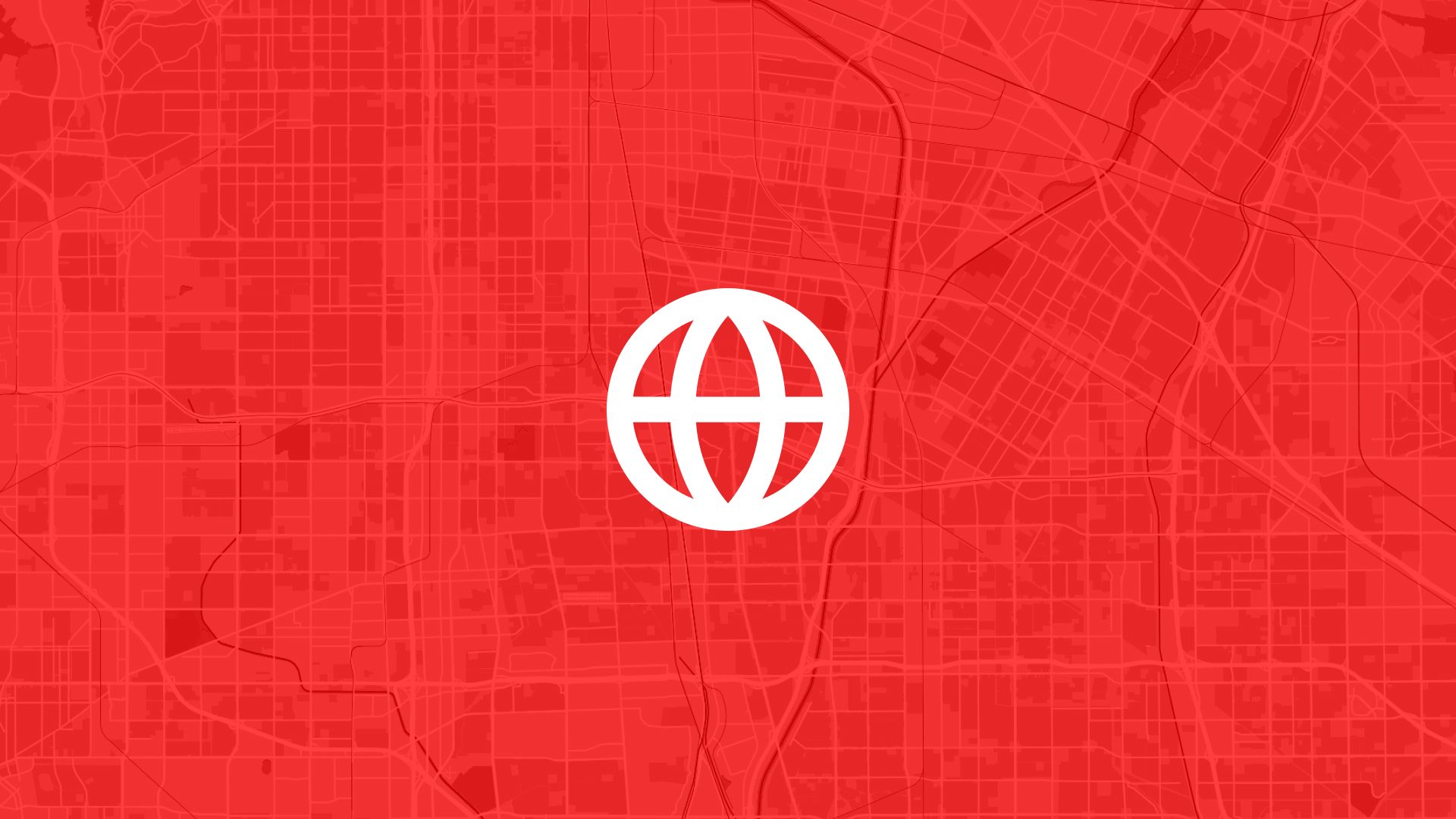Have an old map, aerial photo, or scanned paper map? You can easily turn it into a georeferenced layer in Atlas — no need for desktop GIS.
Georeferencing means aligning an image to real-world coordinates. Once done, you can overlay it on modern maps, compare changes, and use it in your GIS projects.
Why georeference in Atlas?
- No install — just your browser
- Works with JPG, PNG, PDF, WEBP.
- Simple point-and-click
- Perfect for digitizing old maps, historical records, aerials
Step 1: Upload your image
- Open Atlas and your project
- Click Add Data → Upload Image
- Select your scanned map or photo (JPG, PNG, PDF, WEBP)
The image is added as a non-georeferenced overlay.
Step 2: Click Georeference
Enter georeference mode by clicking on Georeference
Step 3: Add at least 4 control points
- Pick a spot on your image with a known real-world location (street corner, landmark, intersection)
- Click that point on the image
- Then click the matching point on the map
Repeat this for at least 4 points across the image.
More points = better accuracy.
Spread them across the image, not just in one area.
Step 4: Double-check and adjust in overlay mode
- After adding points, switch to Overlay Mode
- The image now sits on top of the map based on your points
- Check alignment — does it match streets, buildings, rivers?
- If needed, adjust control points: move or delete and re‑add
Step 5: Confirm georeferencing
When satisfied:
- Click Confirm Georeferencing
- Atlas saves the image with its new spatial coordinates
Now the image behaves like a normal GIS layer.
What you can do with your georeferenced image
- Overlay it with current data
- Compare historical changes (old vs. new city layout)
- Trace features: roads, buildings, land boundaries
- Style and adjust opacity for visual clarity
- Export or share with your team
Tips for best results
- Use well-known reference points (stable landmarks, not temporary objects)
- Spread points evenly across the image
- More than 4 points improves accuracy — use 6 or more if possible
- If your image is distorted (old paper maps often are), adding more points can correct warping





